Threatened Species
Photo by David Clode on Unsplash
With many years experience in habitat restoration, Clarence Landcare is in a strong position to provide services that conserve, extend and create suitable habitat for our threatened wildlife.
The Clarence Valley is internationally recognised as one of the world’s most biodiverse regions.
Biodiversity is the variety of plants, animals, fungi and microorganisms, that make up the natural environment.
Australia’s biodiversity is in decline. The key threats that impact our biodiversity include:
- Loss, degradation and fragmentation of habitat
- Invasive species
- Inappropriate fire regimes
- Unsustainable use and management of natural resources
- Changes to aquatic environments and water flows
- Climate change
As a result, many species and subspecies of plants and animals are listed as threatened, which means they are in danger of becoming extinct.
Clarence Valley is home to 173 threatened animal species, including the coastal emu, koala, and glossy black cockatoo, along with many birds, frogs, and small mammals. There are also 170 threatened plants and 18 threatened ecological communities.
Threatened species projects
Clarence Landcare partners with Government agencies and other organisations to deliver projects that directly contribute to the recovery and conservation of threatened species through on-ground action and raising public awareness. Our projects focus on:
- Maintaining and rehabilitating natural areas
- Raising awareness of significant flora and fauna and their values
- Prioritising the protection of threatened species and populations
- Supporting and promoting a range of property conservation agreements and their value to conservation
Although our projects may aim to improve improve conditions for a target species, in implementing these conservation actions we are enhancing habitats to benefit all species that inhabit the area.
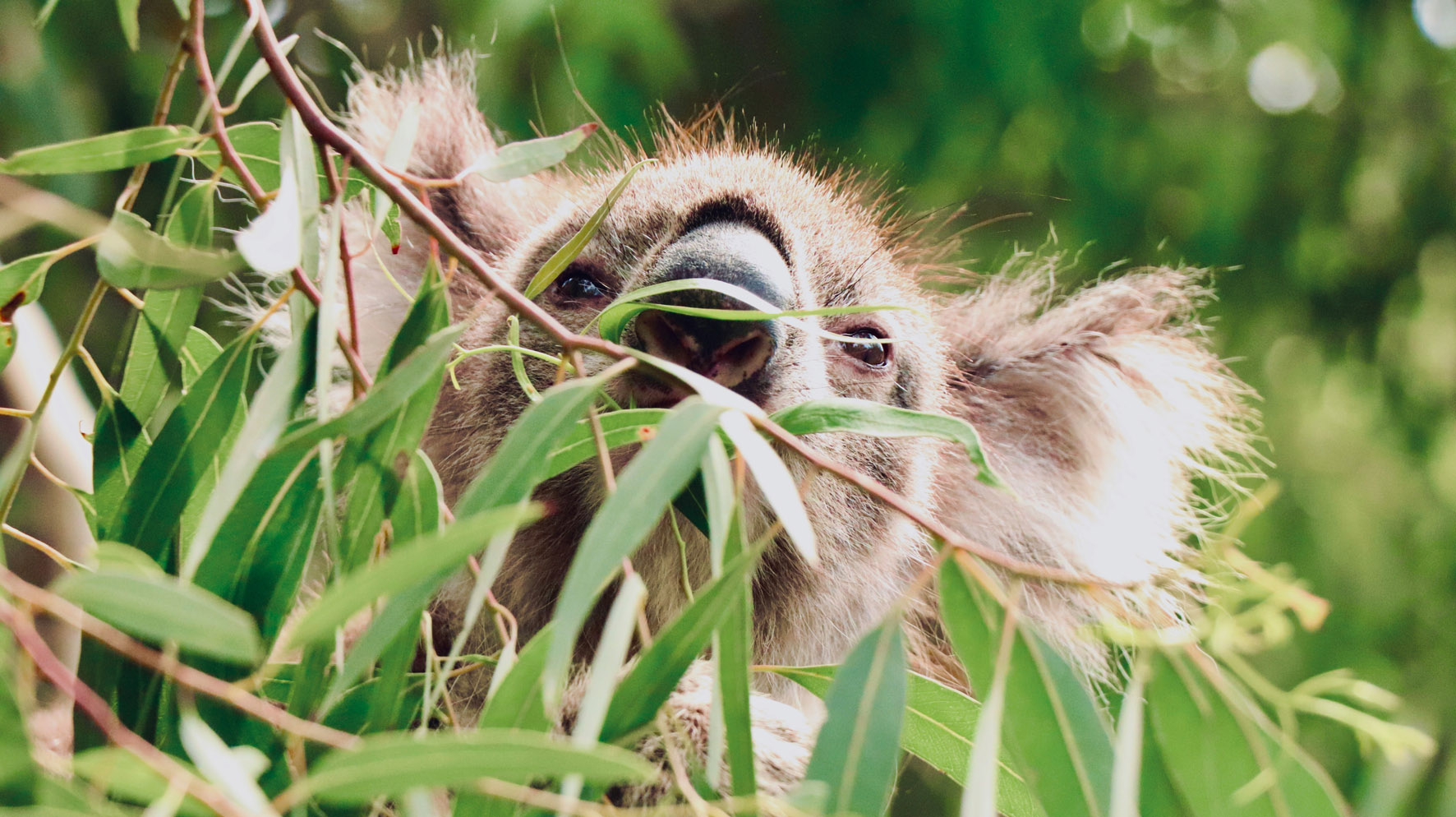
Skyler H. – Unsplash
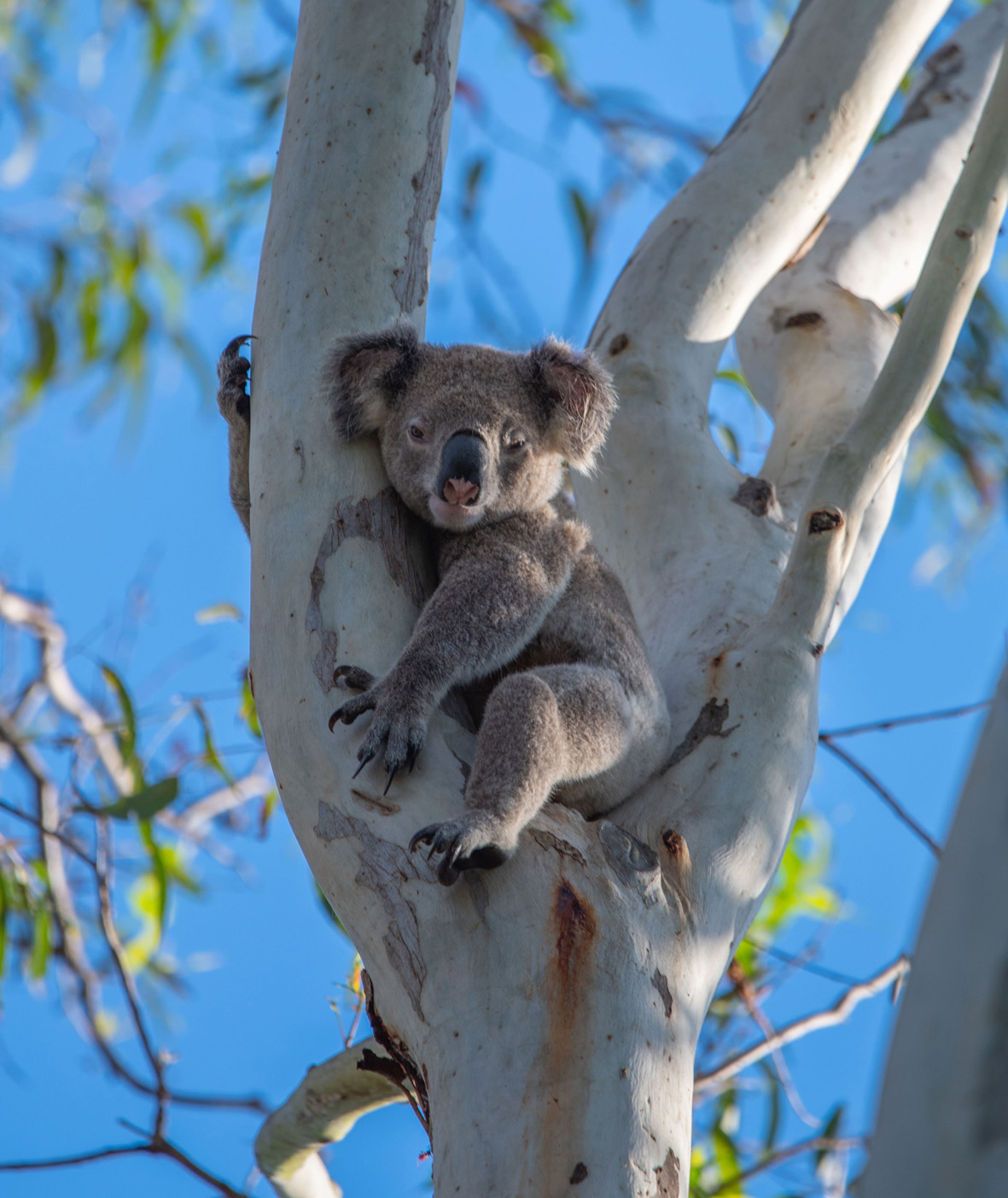
Leon Andov – Unsplash
Koalas
Koalas in Queensland, New South Wales and the Australian Capital Territory were listed as a threatened species by the Australian Government in 2012 under the EPBC Act. Their conservation listing was ‘vulnerable to extinction’, but due to continuing decline in their numbers and the ongoing pressure of threats, their status was raised to ‘Endangered’ in 2022.
The NSW and Queensland Governments followed suit and also raised their status from ‘vulnerable’ to ‘endangered’ the same year, with ACT doing the same in 2023.
The continuing decline of these tree-dwelling marsupials, one of Australia’s most iconic animals, is being driven by a number of key threats including:
- loss, modification and fragmentation of habitat through land clearing and intense wildfires
- disease (chlamydia and koala retro virus)
- vehicle strike
- predation by roaming or domestic dogs
As a result, koala conservation and management programs are being undertaken on national, state and local levels. Through the NSW Koala Strategy (2021), funding is being provided to local communities to deliver on-ground actions. Through these initiatives, Clarence Landcare has received funding to undertake both koala habitat restoration and community education projects.

Glossy Black Cockatoo
The habitat of the glossy black cockatoo (GBC) in the North Coast Region of NSW was greatly impacted by the 2019-2020 bush fires, with 45% of their habitat burnt. In the Clarence 50% of the catchment burned. Areas of glossy black cockatoo habitat in the Nymboida sub-catchment burned with such intensity that many locations suffered total canopy consumption. The impact of the fires on the GBC food trees, the forest oak – Allocasuarina torulosa and black she oak Allocasuarina littoralis in the local Nymboida area was not known, and we can only assume many nesting hollows were lost.
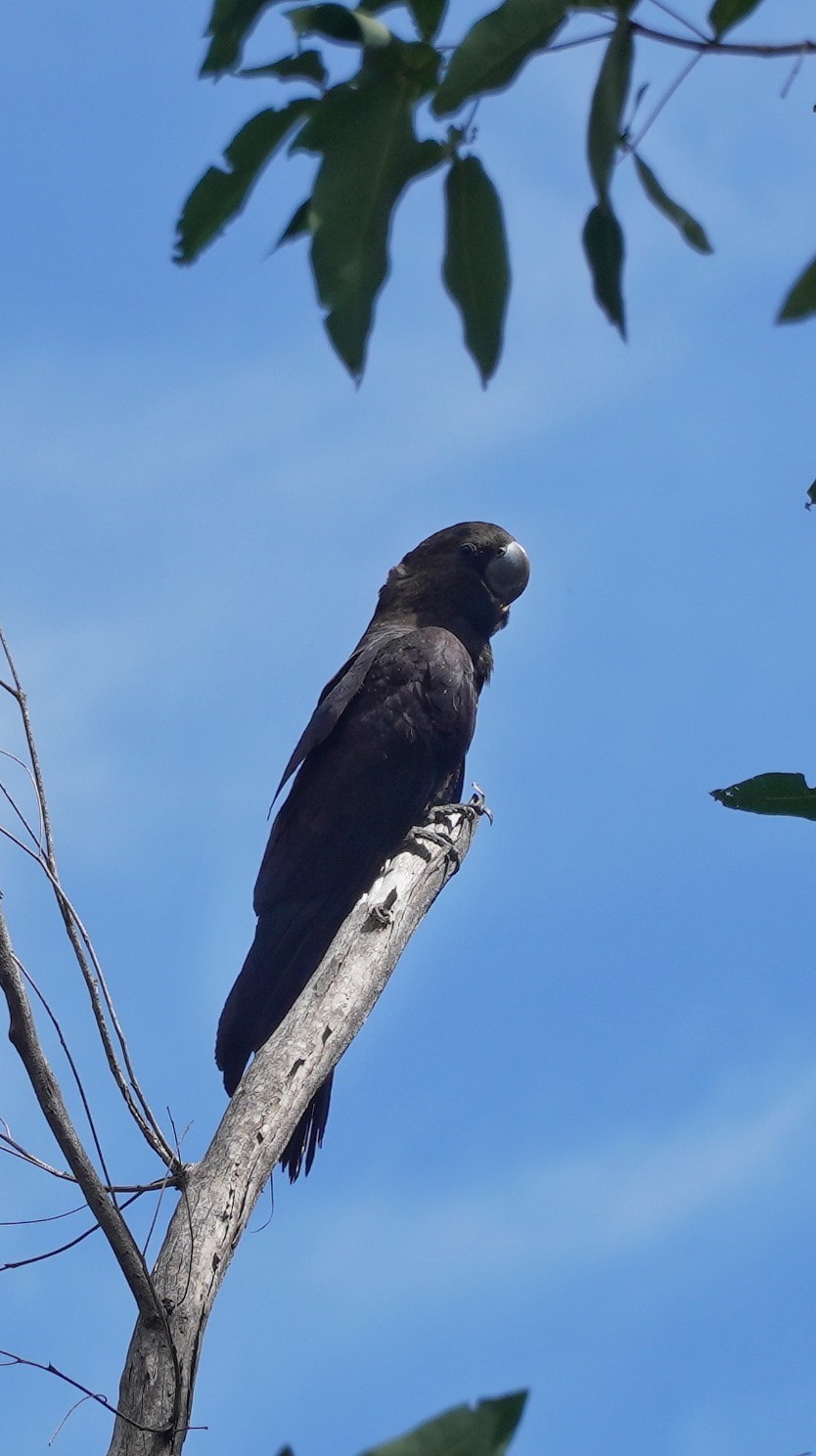
Projects
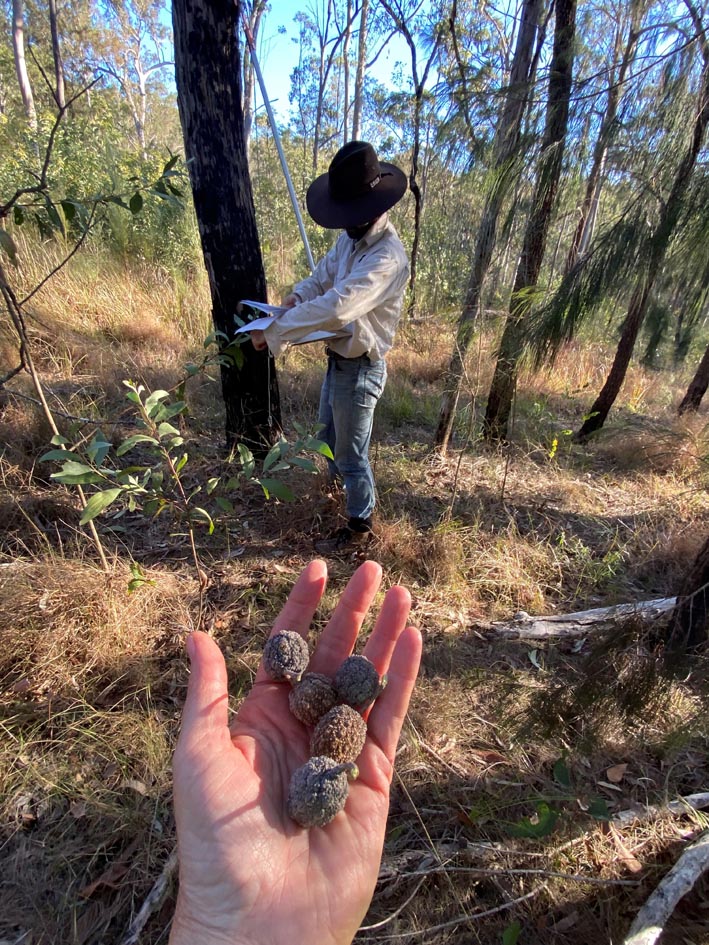
Flyways, Glideways and Stepping Stones
Through a collaborative approach, this project’s primary aim was to support the post-fire recovery of wildlife across southeast Australia. We worked with landholders to restore natural habitats and country to improve community and landscape resilience to future natural disasters through capacity building and knowledge sharing and providing integrated natural solutions to the climate and biodiversity crisis.
Delivery: Feb 2023 – May 2024
Funded By: WIRES via Great Eastern Ranges
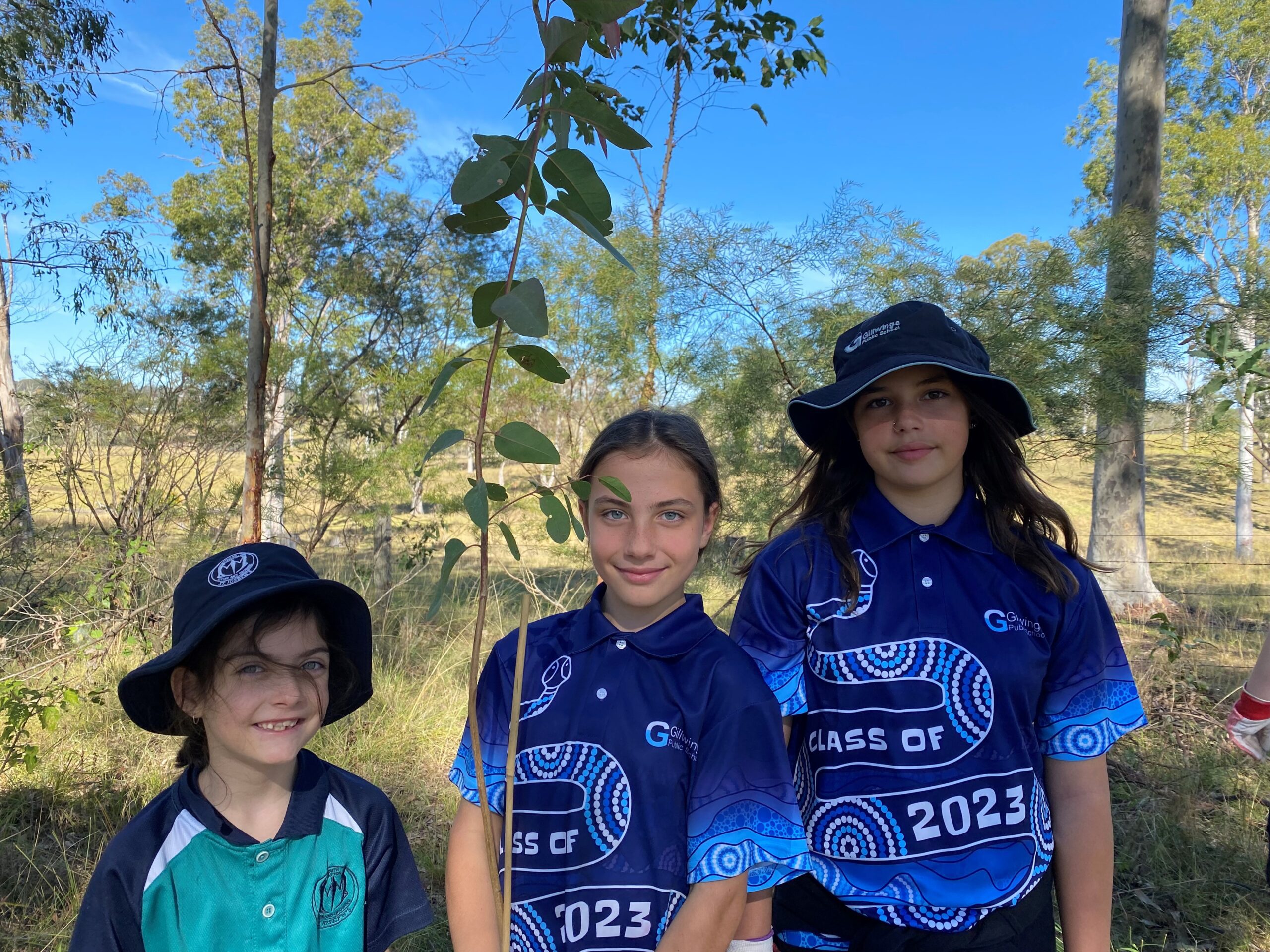
NSW Koala Strategy Southern Gumbaynggirr Habitat Restoration
We worked with the Aboriginal Landcare Partnerships Officer to create and deliver a youth development program to pass on cultural knowledge. An activity was delivered for primary-aged students, which included a presentation about koalas, koala searches, and other field-based activities. A junior ranger team has been established so that students can participate in an on-going koala habitat restoration program on the school grounds.
Delivery: March – June 2023
Funded By: Dept Planning & Environment via ENVITE Environment.
